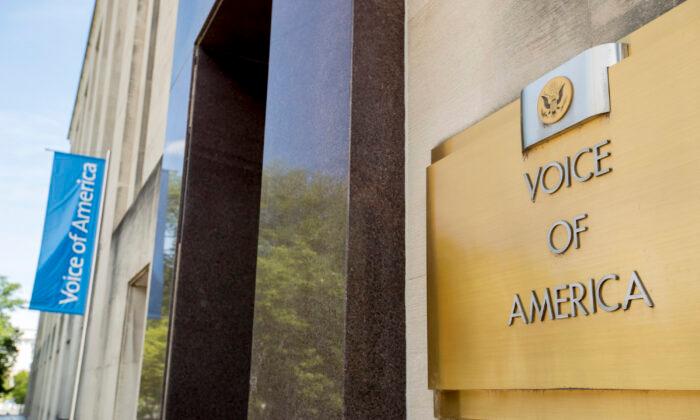More than half of American adolescents with clinical depression missed their treatment during the first year of the COVID-19 pandemic as lockdowns kept them home, a new study suggests.
The respondents range from 12 to 17 years old. Their demographics roughly resembles that of the broader population of the United States, with 51.2 percent of them identifying as white, 23.3 percent as Latino, 14.1 percent as black, 5.1 percent as Asian, and 6.3 percent as more than one race.
According to the results, approximately 1 in 5 respondents had clinical depression—also known as major depressive disorder (MDD)—and less than half of them received some mental health treatment they needed.
COVID-19 Lockdowns to Blame
The widespread lockdown policies are at least partially responsible for the lack of treatment among adolescent patients of depression across all demographics, researchers said.“The high levels of MDD and the low levels of mental health treatment access may in part be attributed to COVID-19 restrictions,” they wrote, noting that 42 states and territories, accounting for almost three-fourths of all U.S. counties, were placed under stay-at-home orders between March 1 and May 31, 2020, when the virus first hit America.
“During this time, only state-sanctioned services deemed essential continued to function, while most facilities and activities, such as schools and after-school programs, were closed or cancelled,” the paper continued. “These abrupt pauses to an adolescent’s daily routine, structure, and peer-to-peer socialization duly influenced their mental well-being and partially explain our high MDD prevalence rates.”
The study is the latest addition to the growing scientific literature on the harsh toll the pandemic lockdowns took on young people’s mental health.
Depression and anxiety in youth doubled in the first year of the pandemic compared to prepandemic levels, according to a meta-analysis of 29 studies involving more than 80,000 children and adolescents worldwide ages 4 to 17 years.
Significantly Worse Results
Almost all indicators of poor mental health, which include unhealthy thinking patterns and suicidal thoughts, worsened significantly from 2011 to 2021, the CDC’s biennial report on its Youth Risk Behavior Survey said. The report is based on a 90-question survey completed by over 17,000 high school students from 152 schools across the country.Overall, 29 percent of respondents said they experienced poor mental health in the past month, while 42 percent said they felt “so sad or hopeless” almost every day for at least two weeks in a row to the point that they stopped doing their normal activities.
Girls (57 percent) were found to be more likely than boys (29 percent) to experience persistent feelings of sadness or hopelessness. By comparison, just 36 percent of girls and 21 percent of boys in 2011 reported feelings of persistent sadness or hopelessness.
According to the report, 22 percent of respondents seriously considered taking their own lives during the past year. The percentage of girls who seriously considered ending their lives increased from 19 percent in 2011 to 30 percent in 2021. For boys, the percentage was almost unchanged from 13 percent in 2011 to 14 percent in 2021.
“Young people are experiencing a level of distress that calls on us to act with urgency and compassion,” said Kathleen Ethier, director of the CDC’s Division of Adolescent and School Health. “With the right programs and services in place, schools have the unique ability to help our youth flourish.”







